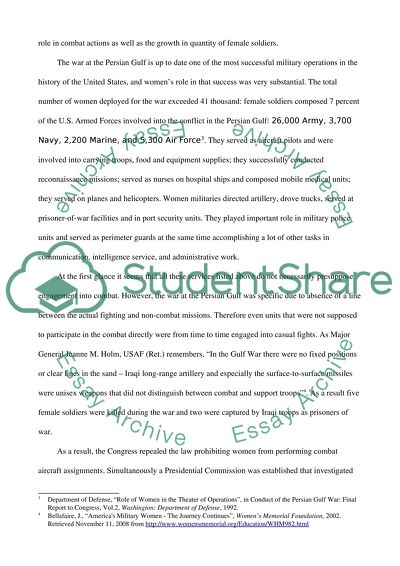Cite this document
(“Women in Combat Essay Example | Topics and Well Written Essays - 1500 words”, n.d.)
Retrieved from https://studentshare.org/miscellaneous/1504165-women-in-combat
Retrieved from https://studentshare.org/miscellaneous/1504165-women-in-combat
(Women in Combat Essay Example | Topics and Well Written Essays - 1500 Words)
https://studentshare.org/miscellaneous/1504165-women-in-combat.
https://studentshare.org/miscellaneous/1504165-women-in-combat.
“Women in Combat Essay Example | Topics and Well Written Essays - 1500 Words”, n.d. https://studentshare.org/miscellaneous/1504165-women-in-combat.


